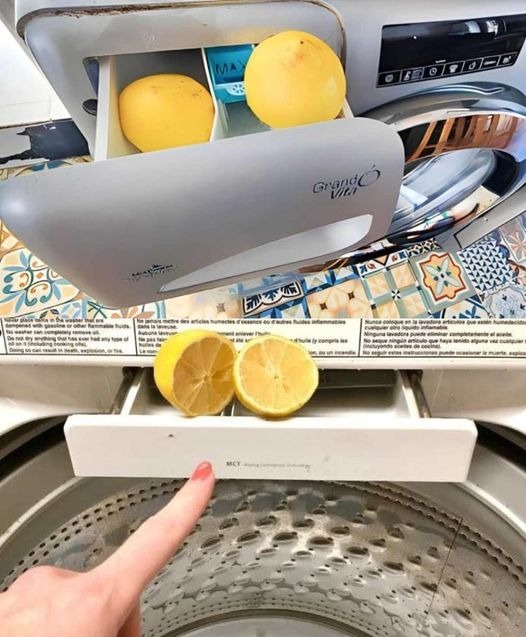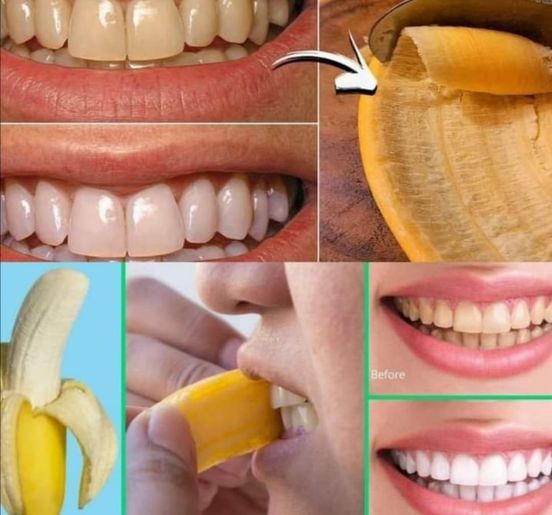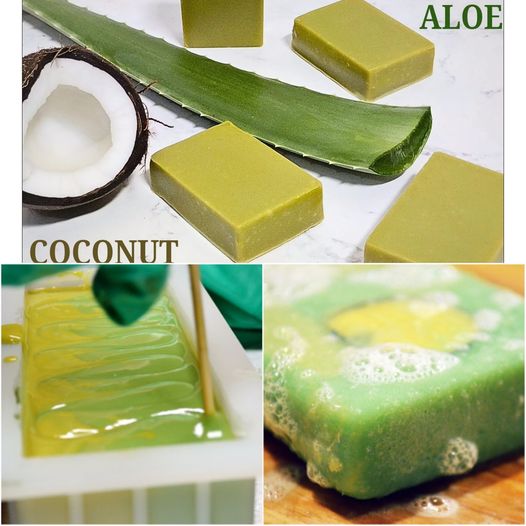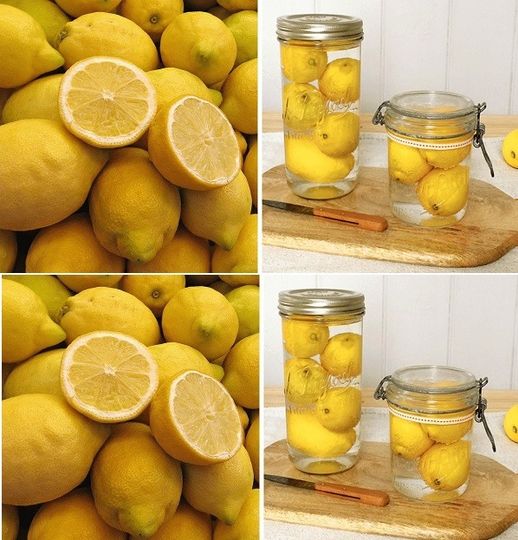Crafting a Zero-Cost Home Incubator from a Plastic Bottle: Hatch Your Dreams!
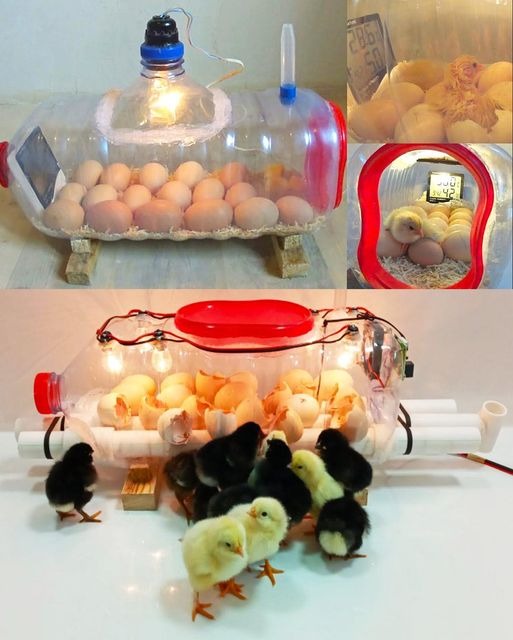
Introduction
Ever dreamed of hatching your own chicks or watching tiny reptiles emerge from their eggs? You don’t need a fancy, expensive incubator to bring life into the world. With a little creativity and some recycled materials, you can build a functional home incubator using a humble plastic bottle.
Materials:
- A large plastic bottle (1.5-2 liter)
- Black construction paper or paint
- Clear tape
- Thermometer
- Water container (small jar or bottle)
Instructions:
-
Prepare the Bottle:
- Thoroughly clean the plastic bottle and remove the label.
- Cut the top portion of the bottle, creating a funnel-like shape.
- Invert the top portion and insert it back into the bottom part, creating a double-walled structure. This will help insulate the eggs.
-
Create a Dark Environment:
- Cover the entire bottle with black construction paper or paint it black. This is crucial as darkness is essential for egg incubation.
-
Maintain Humidity:
- Fill the water container and place it inside the incubator. The water will evaporate, maintaining the humidity level required for egg incubation.
-
Temperature Control:
- Use the thermometer to monitor the temperature inside the incubator. The ideal temperature varies depending on the species you’re incubating. Research the specific requirements for your chosen eggs.
- To adjust the temperature, you can use a small lightbulb or heat pad placed near the incubator. However, be cautious not to overheat the eggs.
-
Egg Placement:
- Gently place the eggs inside the incubator. The exact number of eggs will depend on the size of the bottle.
- Turn the eggs regularly to prevent the embryo from sticking to the shell.
-
Ventilation:
- Create small ventilation holes at the top of the incubator to allow for air circulation.
Tips:
- Use a stable surface to place your incubator.
- Monitor the temperature and humidity levels regularly.
- Experiment with different materials for insulation if needed.
- Start with a small number of eggs to gain experience.
Important Considerations:
- The success of hatching eggs depends on various factors, including egg fertility, incubation temperature, and humidity.
- This method is suitable for small-scale hatching projects. For larger-scale incubation, a commercial incubator might be more efficient.
By following these steps and paying close attention to the specific needs of your chosen species, you can successfully hatch eggs using your homemade incubator. Happy hatching!
Note: Always prioritize the well-being of the animals you’re incubating. Research the specific requirements of the species you’re working with to ensure optimal conditions.
Would you like to focus on hatching a specific type of egg, such as chicken, duck, or reptile eggs?

